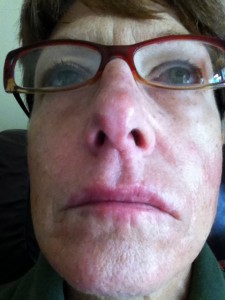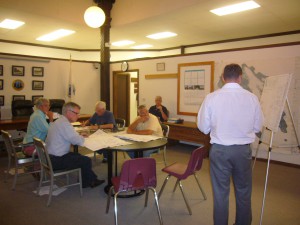The Massachusetts Department of Public Health (MDPH) announced Friday that West Nile Virus (WNV) has been detected in mosquitoes collected from the Town of Rochester.
WNV is most commonly transmitted to humans by the bite of an infected mosquito. The mosquitoes that carry this virus are common throughout the state, and are found in urban as well as more rural areas. While WNV can infect people of all ages, people over the age of 50 are at a higher risk for severe infection.
By taking a few, common sense precautions, people can help to protect themselves and their loved ones:
Avoid mosquito bites:
-Be aware of Peak Mosquito Hours. The hours from dusk to dawn are peak biting times for many mosquitoes. Consider rescheduling outdoor activities that occur during the evening or early morning. If you are outdoors at any time and notice mosquitoes around you, take steps to avoid being bitten by moving indoors, covering up and/or wearing repellant.
-Clothing Can Help reduce mosquito bites. Where long sleeves, long pants and socks when outdoors will help keep mosquitoes away from your skin.
-Apply Insect Repellent when you go outdoors. Use insect repellent with DEET, permethrin, picaridin, or oil of lemon eucalyptus according to the instructions on the product label.
Mosquito Proof your home:
-Drain standing water around your house. Many mosquitoes lay their eggs in standing water. Limit the number of places around your home for mosquitoes to breed by either draining or get rid of items that hold water.
-Install or repair screens. Some mosquitoes like to come indoors. Keep them outside by having tightly-fitting screens on all of your windows and doors.
Please contact the Board of Health office if you have any questions.

